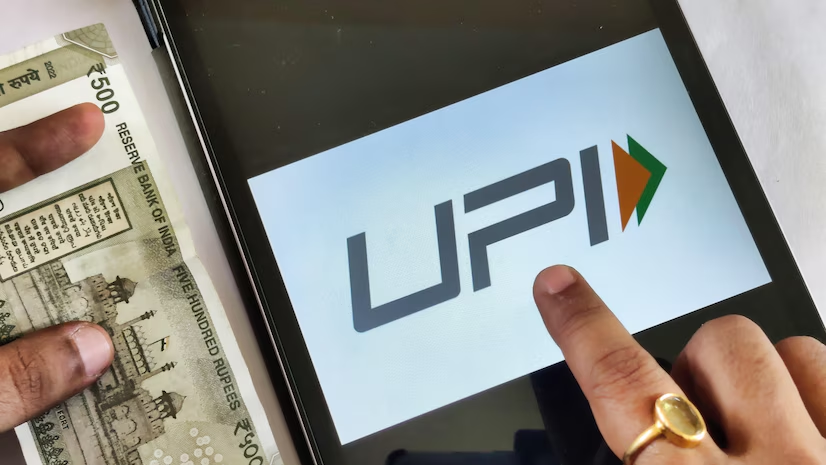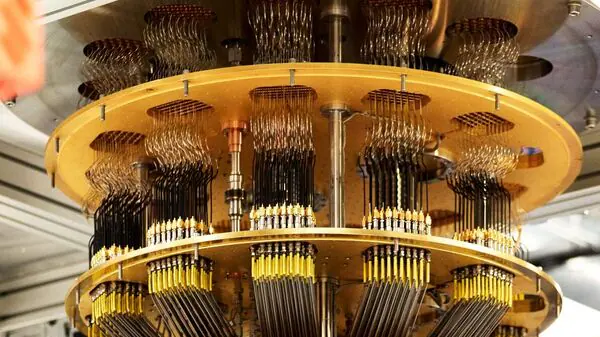Now Reading: UPI Hits Record 15 Billion Transactions in May 2025 – Fintech Usage Soars in Tier-2 Towns
-
01
UPI Hits Record 15 Billion Transactions in May 2025 – Fintech Usage Soars in Tier-2 Towns
UPI Hits Record 15 Billion Transactions in May 2025 – Fintech Usage Soars in Tier-2 Towns

India’s digital economy witnessed another major milestone in May 2025, with Unified Payments Interface (UPI) clocking a record 15 billion transactions in a single month. This surge is not just driven by metros but increasingly fueled by rising adoption in Tier-2 and Tier-3 towns, where digital payments are now part of daily life. The shift signals a deeper digital transformation across semi-urban and rural India.
Rapid Growth in Smaller Cities
While UPI’s popularity in metro cities is well known, the real growth in recent months has come from smaller cities like Indore, Nagpur, Patna, Bhopal, and Coimbatore. These towns are seeing exponential rise in QR code usage, peer-to-peer transfers, and digital merchant payments, thanks to affordable smartphones, growing data penetration, and digital literacy initiatives.
Many street vendors, local kirana shops, and small businesses have adopted UPI as their primary payment method, phasing out cash in day-to-day transactions.
Drivers Behind the Surge
Several factors have contributed to the historic rise in transaction volume:
- Affordable Data and Devices: The availability of low-cost smartphones and inexpensive data plans has made digital access more inclusive.
- Government Push for Digital India: Schemes aimed at promoting digital transactions in rural and semi-urban areas have expanded the reach of UPI services.
- Fintech Innovation: UPI apps like PhonePe, Google Pay, and Paytm have introduced regional language interfaces and simplified user flows, making the platforms more user-friendly for non-English speakers.
- Increased Trust: With greater awareness and positive word-of-mouth, even first-time users now feel confident transacting digitally.
Changing Consumer Behavior
The average UPI user in Tier-2 cities has evolved from occasional users to daily transactors. Be it paying for milk, booking an autorickshaw, or sending money to relatives, digital transactions are replacing cash in almost every use case.
This change is particularly evident among younger users and small business owners who value speed, transparency, and ease of use.
Economic Implications for Bharat
The deepening of digital payments in smaller towns is helping formalize micro-economies and increase financial inclusion. It also opens doors for more advanced fintech products such as micro-loans, insurance, and credit scoring—based on digital transaction history.
Experts believe that the rise in UPI usage in Tier-2 towns will directly support local economic growth and empower communities through more efficient and traceable financial systems.
Challenges Remain
Despite the progress, challenges such as internet reliability, cybersecurity awareness, and access to grievance redressal still exist. Some users report transaction failures or delays, which can impact trust—especially in regions with limited digital support infrastructure.
Fintech players and authorities will need to focus on strengthening backend systems and customer education to ensure the momentum continues.
Conclusion
The record-breaking 15 billion UPI transactions in May 2025 is more than a statistic—it’s a sign of India’s ongoing digital revolution reaching every corner of the country. As Tier-2 towns become central to this shift, the narrative of India’s fintech growth is no longer metro-centric. With sustained support and innovation, digital payments are set to become the norm in even the remotest parts of the country, shaping a more connected and empowered economy.

























